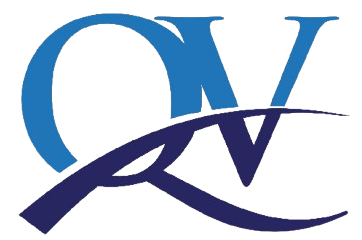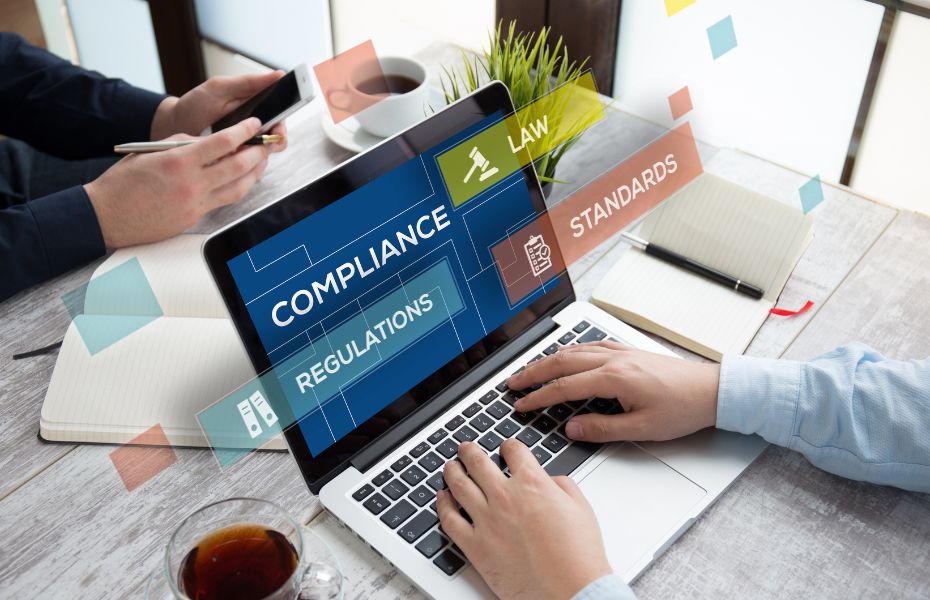The integration of artificial intelligence (AI) and automation into pharmacovigilance (PV) systems is rapidly transforming the way pharmaceutical companies collect, process, and analyse safety data. While these technologies offer significant opportunities to improve efficiency and data accuracy, they also bring fresh challenges—particularly in the context of regulatory audits and compliance.
The Rise of AI in PV
AI and machine learning are increasingly being used in adverse event (AE) detection, case triage, duplicate identification, signal detection, and even literature screening. Meanwhile, robotic process automation (RPA) is helping to streamline repetitive tasks such as data entry, narrative translation, and follow-up management.
These innovations are reshaping PV workflows, allowing for faster processing times and greater consistency in safety reporting. However, the use of complex algorithms and automated systems demands a new lens through which compliance and audit readiness must be viewed.
Implications for Compliance
1. System Validation and Traceability
Regulators such as the MHRA, EMA, and FDA require that any automated or AI-enabled system used in PV must be validated to ensure consistent performance. It’s not enough to trust the algorithm—companies must demonstrate how the system works, including logic rules, data inputs, and outputs. Maintaining traceability and audit trails is essential for compliance.
2. Data Integrity and Governance
Automation can improve data consistency, but it also raises the bar for data governance. Companies must ensure that AI systems handle personal data securely and ethically, especially when processing patient-identifiable information. Ensuring compliance with regulations like GDPR is just as important as meeting GVP Module I requirements.
3. Human Oversight
AI should complement—not replace—human expertise. Regulators continue to stress the importance of medical judgement in PV decision-making. Therefore, any automated workflow must include checkpoints for human review, especially in areas such as signal evaluation or causality assessment.
4. Audit Readiness
With automation in place, audits may focus more heavily on the technology itself—asking questions about system validation, algorithmic transparency, and change control processes. PV teams must be prepared to explain how AI tools are used and show that quality standards are consistently met. Having clear documentation, SOPs, and training records for AI-related processes is crucial.
Future Considerations
As AI evolves, regulators may begin to introduce new frameworks or guidance specific to its use in PV. Companies must remain agile, monitor regulatory updates closely, and be prepared to adjust their systems and processes accordingly. Investing in continuous training and quality oversight is vital to staying audit-ready in an increasingly digital PV environment.
How Q&V Can Help
Navigating the intersection of AI, automation, and pharmacovigilance compliance requires both technical insight and regulatory know-how. At Q&V, we support pharmaceutical companies in optimising their PV systems while ensuring they meet the highest standards of audit preparedness. From system validation to compliance gap assessments, our experts are here to help you stay ahead of the curve.

